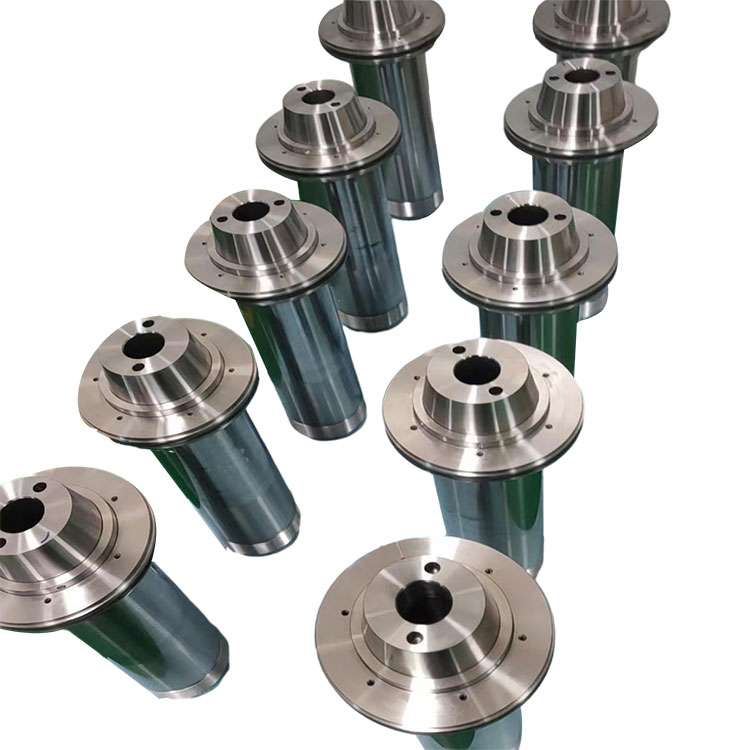
The field of precision manufacturing is ushering in a profound change led by the compound processing technology of Turning and milling five axis parts. With its unique advantages, this cutting-edge processing method has become the core engine to promote the development of high-end equipment manufacturing industry and set a new benchmark for the production of complex and high-precision parts.

The core role of Turning and Milling Five Axis Parts is to completely revolutionize the manufacturing paradigm of precision and complex parts. The traditional multi-process and multiple clamping processing method is not only inefficient, but also difficult to guarantee accuracy. The five-axis linkage turning and milling compound processing technology has completely overturned this situation. It combines turning (rotation processing) and milling (contour processing) functions in one, and controls five motion axes (three linear axes X/Y/Z and two rotary axes A/B/C) at the same time. The biggest breakthrough is "one clamping, full completion": the workpiece is fixed once, and the rotating spindle head and the rotary table of the machine tool can coordinate movement to accurately process all surfaces of the part from multiple angles and in all directions. This greatly reduces the error accumulation caused by repeated positioning and equipment replacement, and significantly improves the absolute accuracy and consistency of key components such as aircraft engine impellers, precision medical implants, and complex mold cavities.
It has distinct characteristics and outstanding advantages:
The pinnacle of precision: Avoiding the reference error introduced by multiple clamping, the spatial position accuracy reaches the micron level, and the surface finish is excellent.
Efficiency has increased significantly: Almost all processes such as turning, milling, drilling, boring, and tapping can be completed in one stop, which greatly reduces processing time and simplifies logistics.
Capacity boundary expansion: Unparalleled flexibility can easily cope with processing problems that traditional equipment cannot achieve, such as complex curved surfaces, deep cavities, special-shaped structures, and thin-walled parts.
Flexible production model: Adapting to the efficient and high-quality production needs of multi-variety, small and medium-sized batches of precision parts, and responding quickly.
As the development of science and technology continues to increase the complexity and precision of parts, the Turning And Milling Five Axis Parts composite processing technology, with its "high precision, high efficiency, and high flexibility" trinity characteristics, is accelerating its penetration from the aerospace and military fields to broader industries such as automotive molds, energy equipment, and medical equipment. It not only reshapes the limits of metal cutting, but also becomes a key indicator of a country's high-end equipment manufacturing capabilities and international competitiveness, and continues to drive the solid steps of "Made in China" to "Made in China".